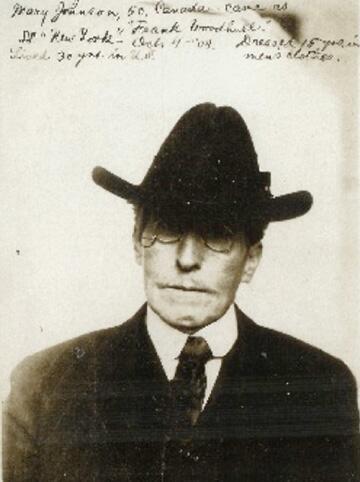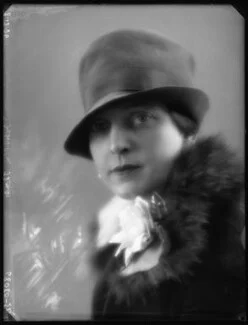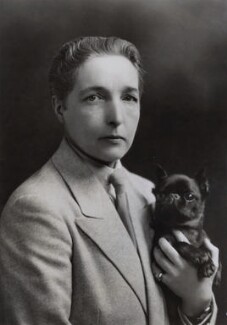Pride & the Ellis Island Experience
For decades, Ellis Island watched over iconic LGBTQ figures on their passage into New York. Coming from a variety of backgrounds and seeking diverse opportunities, these passengers exemplified the bravery that LGBTQ Pride Month celebrates.
Famous icons such as Harvey Milk, Lorraine Hansberry, and Larry Kramer have connections to Ellis Island, as well as lesser-known queer figures whose stories have slipped through history.
The travel records of these figures, as well as countless others, can be found by searching the Ellis Island Passenger Database. A curated display on LGBTQ icons is available at the American Family Immigration History Center.

Frank Woodhull (PID 101837140191) traveled through Ellis Island on October 4th, 1908. After being stopped for inspection on suspicion of tuberculosis, Woodhull initially refused to remove his clothes, eventually explaining that he was a woman traveling in male attire. Woodhull had lived as a man in California for 15 years without detection.
Woodhull told the inspector that from an early age he was ridiculed for his faint mustache and manly appearance. Later, when he could not find work as a woman, Woodhull decided to use these features to his advantage and dress as a man to increase his options. Woodhull claimed that “Men can work at many unskilled callings, but to a woman only a few are open, and they are the grinding, death-dealing kinds of work. Well, for me, I prefer to live a life of independence and freedom.”
Woodhull was allowed to pass through, but his name was changed to “Mary Johnson” on the passenger manifest. Woodhull’s story became a sensation for the press, but he eventually moved to New Orleans and lived a life of anonymity.

Edna Thomas was a Black actor and performer, known for her talent and activism. A prominent figure in the Harlem Renaissance, Thomas was a co-founder and vice president of the Negro Actors Guild, working alongside icons like Duke Ellington and Louis Armstrong.
After her romantic relationship with her second husband, Lloyd Thomas, ended, Thomas met English socialite Olivia Wyndam (PID 9011982201996), who had traveled from England to New York in November of 1929. The women began living together, sharing a residence with Lloyd Thomas, to whom Edna was still technically married.
Both Thomas and Wyndam were interviewed for a psychological study on homosexuals. Under the pseudonym “Mary Jones,” Thomas admitted that she had not engaged in lesbianism until later in life “because it all seemed unnatural and abnormal.” Despite her initial aversions against homosexuality, Thomas said that her relationship with Wyndam “affords a tenderness I have never known.”
The Ellis Island Passenger Database chronicles Edna (PID 9011977359057) and Lloyd’s (PID 9011981354685) return from London to America through the Port of New York on September 16th, 1930, after visiting Olivia in Great Britain.
Olivia Wyndam and Edna Thomas lived together for decades, with Thomas calling their relationship “a very great love.”

Radclyffe Hall, born Marguerite Antonia Radclyffe-Hall, was an English novelist and publicly out lesbian. Hall was best known for her 1928 novel, The Well of Loneliness, which follows her protagonist’s exploration of gender identity and homosexuality. The Well of Loneliness was banned in England until 1959 and was prosecuted for violating obscenity laws. In the novel, the protagonist begs God to “Give us also the right to our existence!” marking The Well of Loneliness as an initial piece of lesbian literary activism.
Hall identified as a “congenital invert” – a 19th-century term for a person whose internal identity conflicts with their external gender traits. Wearing men’s clothing and going by the name John in her later years, she publicly had relationships with many women throughout her life. Hall’s boldness carried into her literature and drew attention to the experiences of lesbians and gender minorities.
Radclyffe Hall’s travel from England to the Port of New York in 1907 is documented in the Ellis Island Passenger Database (PID 102156010048).